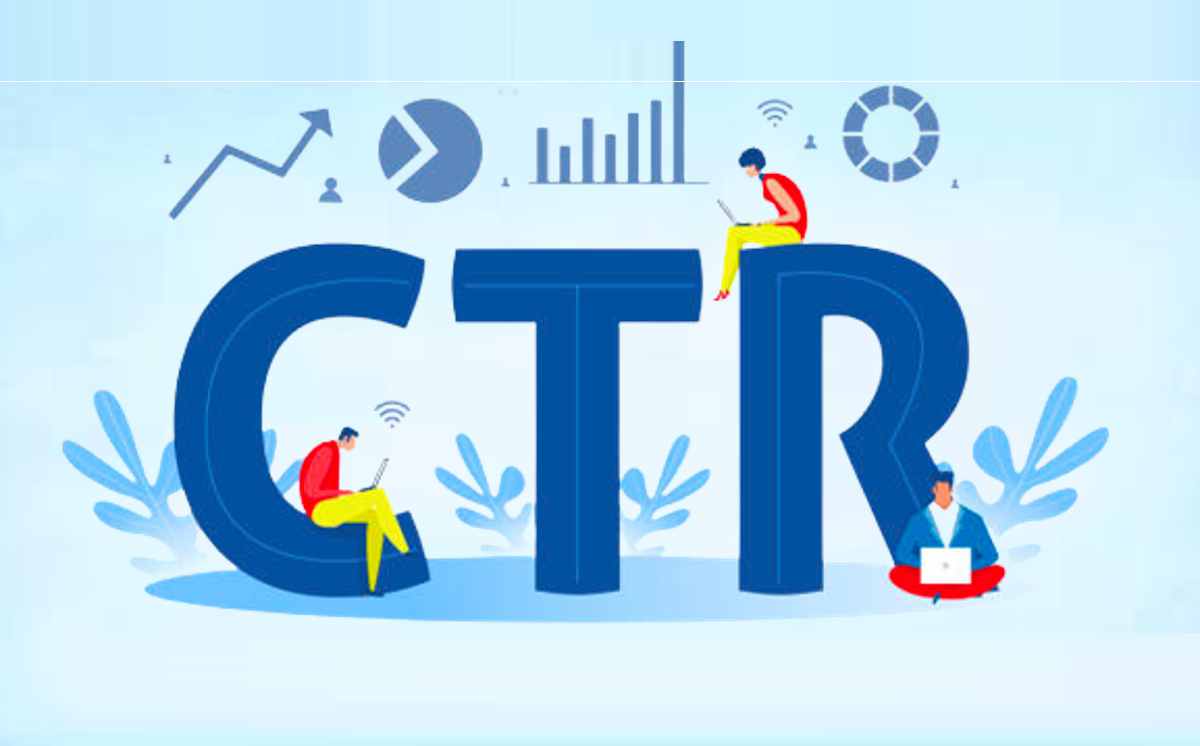Optimize Your SEO Outcomes with LinkDaddy CTR Manipulation Expertise
Optimize Your SEO Outcomes with LinkDaddy CTR Manipulation Expertise
Blog Article
How to Measure the Impact of CTR Adjustment on Your Advertising And Marketing
Understanding the subtleties of click-through price (CTR) adjustment in advertising is crucial for businesses pursuing genuine customer interaction. By analyzing crucial metrics such as conversion rates and bounce rates, online marketers can uncover possible disparities that might develop from synthetic enhancements. Making use of tools like Google Analytics and executing A/B testing can give understandings into the performance of numerous techniques. The effects extend past instant information; the long-lasting effects on brand name honesty and customer trust warrant mindful consideration. What continues to be to be discovered is how these components interconnect and affect general advertising and marketing success.
Recognizing CTR Manipulation
Comprehending CTR manipulation is necessary for marketing experts looking for to maximize their projects and make certain information integrity. Click-through price (CTR) refers to the proportion of individuals that click on a details web link to the complete number of individuals who view the promotion or web content.
The effects of CTR adjustment prolong beyond mere data distortion; they can undermine count on digital advertising and marketing. When organizations rely on inflated metrics, they might invest in ineffective projects, inevitably damaging their return on investment. Furthermore, systems may penalize marketers taking part in such practices, bring about more implications for their advertising efforts.
To successfully fight CTR manipulation, marketing experts should create a thorough understanding of their data resources and analytics devices. By employing innovative tracking approaches and scrutinizing web traffic resources, they can ensure and identify uneven patterns that their performance metrics mirror genuine customer involvement - LinkDaddy CTR Manipulation. This caution is important for cultivating long-lasting success in a progressively competitive electronic landscape
Key Metrics to Examine
Effective evaluation of essential metrics is critical for evaluating the true efficiency of advertising and marketing projects and discovering possible CTR manipulation. One main statistics to think about is the Click-Through Rate (CTR) itself, which represents the proportion of customers who click on an advertisement to the total number of individuals that view it. A sudden spike in CTR may show adjustment, necessitating additional investigation.
Additionally, keeping an eye on conversion prices is important. A high CTR with a low conversion price might signify that the clicks are not genuine or that the targeting is misaligned (CTR Manipulation Press Release). Analyzing bounce rates can provide understanding into customer engagement; a high bounce price after a click might recommend that the traffic is not quality-driven.

Devices for Dimension

Additionally, A/B screening tools such as Optimizely or VWO can promote testing with numerous advertisement versions to determine which components drive higher CTR. These devices enable marketers to assess real-time efficiency and make data-driven changes. Social network analytics tools, like Hootsuite or Sprout Social, can likewise be critical in understanding CTR within social systems, giving understandings right into target market actions and involvement trends.
Moreover, warm mapping tools, such as Hotjar, can disclose exactly how users communicate with ads, assisting to identify where enhancements can be made. Integrating these tools produces a robust measurement structure, allowing marketing professionals to determine the results of CTR adjustment efficiently. Eventually, the right option of measurement devices is crucial for making educated advertising choices and enhancing project efficiency.

Evaluating Long-lasting Impacts
One have to think about the lasting effects of CTR adjustment on general marketing performance, as short-term gains can commonly mask much deeper ramifications. With time, synthetically pumped up click-through rates might bring about lessened trust fund from consumers and online search engine alike. When individuals repeatedly experience deceptive methods, they may end up being reluctant to engage with the brand, resulting in lower conversion rates in the future.
In addition, algorithm updates from platforms such as Google are designed to focus on real involvement over inflated metrics. Subsequently, businesses that depend on CTR control may discover themselves penalized, causing a hop over to these guys decline in natural reach and exposure. This can have a plunging impact on brand name trustworthiness and consumer loyalty, eventually threatening the very objectives that the first manipulation sought to achieve.
In addition, the data collected from controlled CTR may misguide marketing professionals in their strategy growth. Depending on manipulated information can cause misdirected campaigns that fail to site web reverberate with the target audience, causing squandered resources and missed out on opportunities. Consequently, it is important for marketers to assess the long-lasting implications of CTR control and prioritize sustainable, ethical involvement techniques for lasting success.
Honest Considerations in CTR Control
In the realm of digital advertising and marketing, ethical factors to consider surrounding CTR adjustment are critical. While the need to enhance click-through rates (CTR) can lead to short-term gains, the prospective lasting effects on brand stability and customer trust can not be ignored.
Moreover, honest worries encompass compliance with regulations such as the Federal Profession Payment (FTC) guidelines, which mandate transparency in marketing. Stopping working to stick to these requirements can expose organizations to lawful implications and harm their track record. Marketing experts should consider the ramifications of their approaches on user experience and the wider market landscape.
Furthermore, the increase of expert system and automation in advertising offers further honest problems. The possibility for algorithmic predisposition or the exploitation of consumer information increases inquiries concerning liability and justness. Ultimately, moral advertising methods should focus on transparency, honesty, and regard for the consumer, cultivating lasting connections that transcend simple metrics like CTR. Balancing performance with values is necessary for lasting success in the electronic marketplace.
Final Thought
In final thought, gauging the effect of CTR manipulation on advertising calls for an extensive analysis of crucial metrics, consisting of click-through rates, conversion rates, and bounce prices. Ultimately, a data-driven technique ensures click here to find out more that advertising methods are effective and lined up with real user interactions.
Understanding the subtleties of click-through rate (CTR) control in marketing is vital for organizations striving for genuine user engagement.Reliable analysis of key metrics is essential for reviewing the real performance of marketing projects and finding possible CTR control.One must think about the long-lasting results of CTR manipulation on general marketing efficiency, as short-term gains can commonly mask deeper ramifications.In the realm of digital marketing, honest factors to consider bordering CTR control are critical.In final thought, determining the impact of CTR manipulation on marketing needs a comprehensive evaluation of essential metrics, consisting of click-through rates, conversion prices, and bounce rates.
Report this page